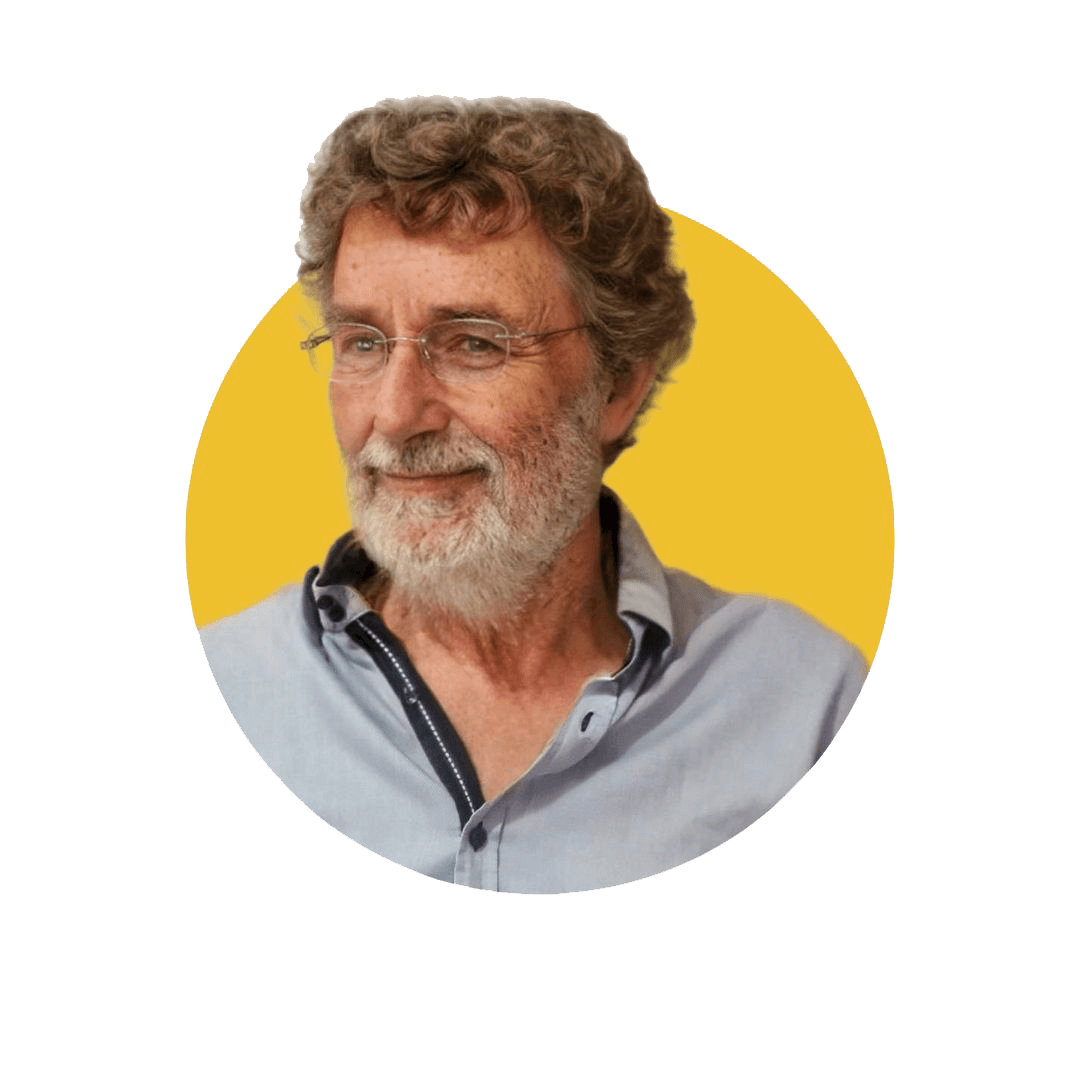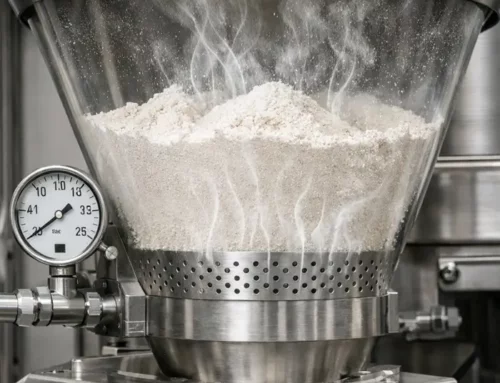The Powder Bed Fusion: An introduction
Powder Bed Fusion (PBF) is one of the most advanced techniques in additive manufacturing (AM), enabling the creation of complex, high-precision components layer by layer. The method is used in industries ranging from aerospace to medical device production. By selectively fusing powdered material, typically metal or polymer, PBF allows for remarkable design freedom and material efficiency. Understanding the process parameters and their influence on final properties is critical for optimizing performance.
The Powder Bed Fusion Process
Powder Bed Fusion works by spreading a thin layer of powder material across a build platform. A high-energy source, such as a laser or electron beam, then selectively melts and fuses the powder according to a CAD model. Once a layer is completed, the build platform is lowered, and a new layer of powder is applied. This process is repeated until the component is fully built.
The key advantage of PBF is its ability to produce parts with intricate geometries, internal channels, and lattice structures that are challenging to achieve with traditional manufacturing. PBF technologies include Selective Laser Melting (SLM), Direct Metal Laser Sintering (DMLS), and Electron Beam Melting (EBM), each varying in the type of energy source used and material compatibility.
Process Variables and Their Influence
Several parameters influence the quality of PBF-manufactured parts, including laser power, scan speed, and layer thickness. Understanding how these variables interact is essential for minimizing defects such as porosity, warping, and residual stress.
Laser Power and Scan Speed
Laser power and scan speed determine the amount of energy delivered to the powder bed. Insufficient energy results in poor bonding between layers, leading to porosity and reduced mechanical strength. Conversely, excessive energy can cause overheating, resulting in surface defects, powder spattering, or even complete layer collapse. Finding an optimal balance is crucial for ensuring uniform melting and achieving desired microstructural properties.
Layer Thickness and Powder Properties
Layer thickness affects build resolution and surface finish. Thinner layers yield higher resolution but increase processing time. The properties of the powder itself, such as particle size distribution and shape, also play a role in determining layer packing density and flowability. Spherical particles, for instance, provide better flow and packing compared to irregular-shaped particles, leading to more consistent layer formation and reduced defect rates.
Thermal Management
Effective thermal management is necessary to prevent warping and distortion. The rapid cooling and solidification of melted powder generate residual stresses, which can compromise dimensional accuracy and mechanical performance. Techniques such as pre-heating the build platform and optimizing scan strategies help mitigate these issues by minimizing thermal gradients and reducing stress accumulation.
Applications and Future Directions
PBF’s ability to fabricate parts with complex geometries has made it invaluable in aerospace, where lightweight, high-strength components are crucial. The medical field also benefits from PBF through the production of patient-specific implants and prosthetics. However, the technique is not without limitations. Surface roughness and the need for post-processing remain challenges that researchers are actively addressing.
The future of PBF is likely to include further refinement of process controls and the development of new materials specifically designed for additive manufacturing. As these advancements unfold, PBF will continue to push the boundaries of design and engineering.
Conclusion
Powder Bed Fusion is a cornerstone of additive manufacturing, offering unparalleled design flexibility and material utilization. By mastering the intricacies of process variables and material behavior, engineers can unlock the full potential of PBF to produce high-performance parts for a range of demanding applications.





